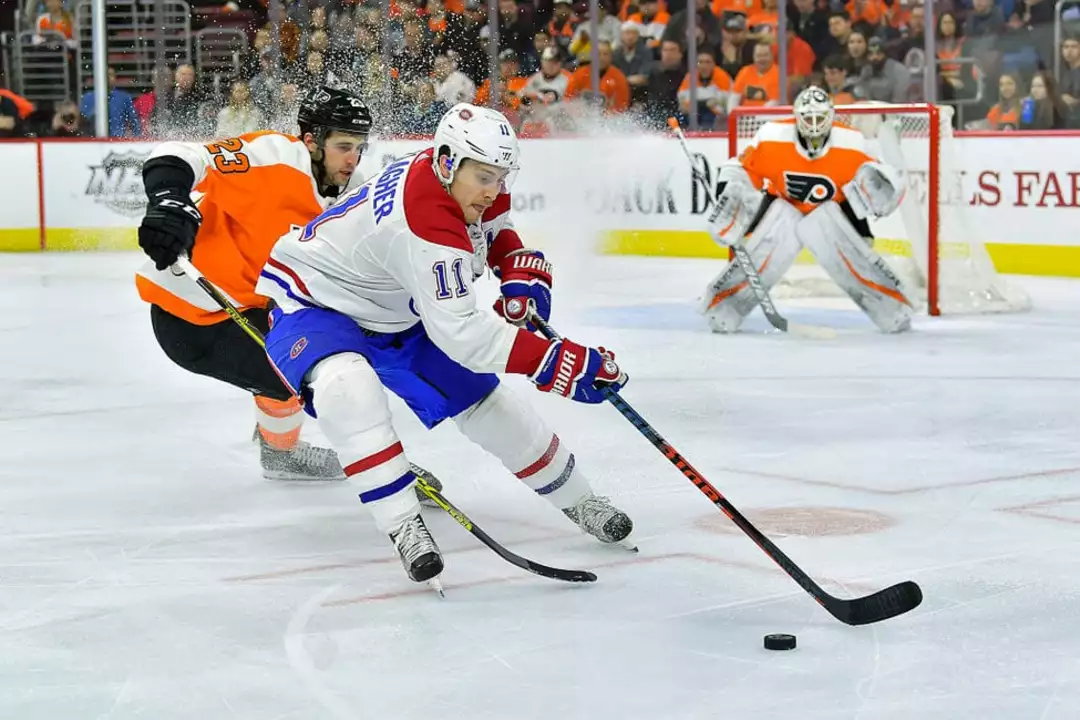Skating Tips to Up Your Hockey Game
If you spend any time on a rink or a turf, you know that skating is the foundation of every good hockey move. Whether you’re lacing up for ice hockey or field hockey, the right technique can shave seconds off your sprint, keep you balanced in tight spots, and help you keep the puck where you want it. Below are practical, no‑fluff tips you can start using today.
Master the Basics: Stance and Balance
The first thing to check is your stance. On ice, keep your knees bent, weight centered over the balls of your feet, and shoulders relaxed. This low, athletic position lets you react quickly and stay stable when you turn or stop. On a synthetic turf field, the principle is the same: a slight crouch, knees over toes, and a forward‑leaning torso. Avoid the temptation to stand too upright – you’ll lose power and wobble when you need to change direction.
Practice the “T‑position” drill: glide forward on one foot while the other foot rests behind the blade (or shoe) in a T shape. Switch legs every few seconds. This builds confidence in single‑leg balance, a skill that pays off when you’re cutting past a defender.
Power Up Your Stride: Push, Glide, Repeat
To generate speed, think of each push as a mini‑explosion. Push outward with the inside edge of your blade (or the lateral side of your field shoe) and then let the momentum carry you into a glide. The key is a quick, firm push followed by a long, smooth glide. If you’re pushing too hard and then immediately re‑pushing, you’ll waste energy. Try the “push‑glide‑pause” drill: push for three strides, glide for two, pause for a half‑second, then repeat. You’ll feel a noticeable boost in endurance.
Don't forget the cross‑over for turns. On ice, cross the inside foot over the outside foot while keeping the weight low. On the field, cross the foot that’s opposite the direction of turn. This move lets you keep speed while navigating tight circles around opponents.
Finally, work on your edge control. On ice, practice moving from inside edge to outside edge with a simple figure‑eight pattern. It trains you to shift weight quickly and stay in control when you need a sudden change of pace.
Common Mistakes and How to Fix Them
Many players lean back too far, especially when they’re nervous. This throws off balance and makes it hard to push effectively. Whenever you catch yourself leaning, drop your hips a little and bring your shoulders forward. A quick video of yourself can help you spot the habit.
Another frequent error is excessive upper‑body movement. Your arms should be relaxed and move in opposition to your legs – when your right leg pushes, your left arm swings forward. This natural rhythm boosts power and keeps you looking smooth.
Finally, avoid “skating flat.” On ice, you’ll lose edge grip; on turf, you’ll slip sideways. Keep a slight angle on your blade or shoe, especially when you’re accelerating.
Put It All Together: A Simple Practice Routine
1. Warm‑up: 5‑minute jog or light skating, focusing on low‑stance.
2. Stance drill: 3 × 30‑second T‑position on each foot.
3. Push‑glide‑pause: 5 × 30 m sprints, using the push‑glide‑pause pattern.
4. Cross‑over drills: 4 × 20 m figure‑eights.
5. Edge control: 2 × figure‑eights on ice or slalom on turf.
6. Cool‑down: slow glide or jog, stretch knees, calves, hips.
Stick to this routine twice a week and watch your speed, balance, and confidence grow. Remember, skating isn’t just about speed; it’s about control, agility, and feeling comfortable wherever the puck lands. Keep practicing, stay relaxed, and enjoy the glide.
